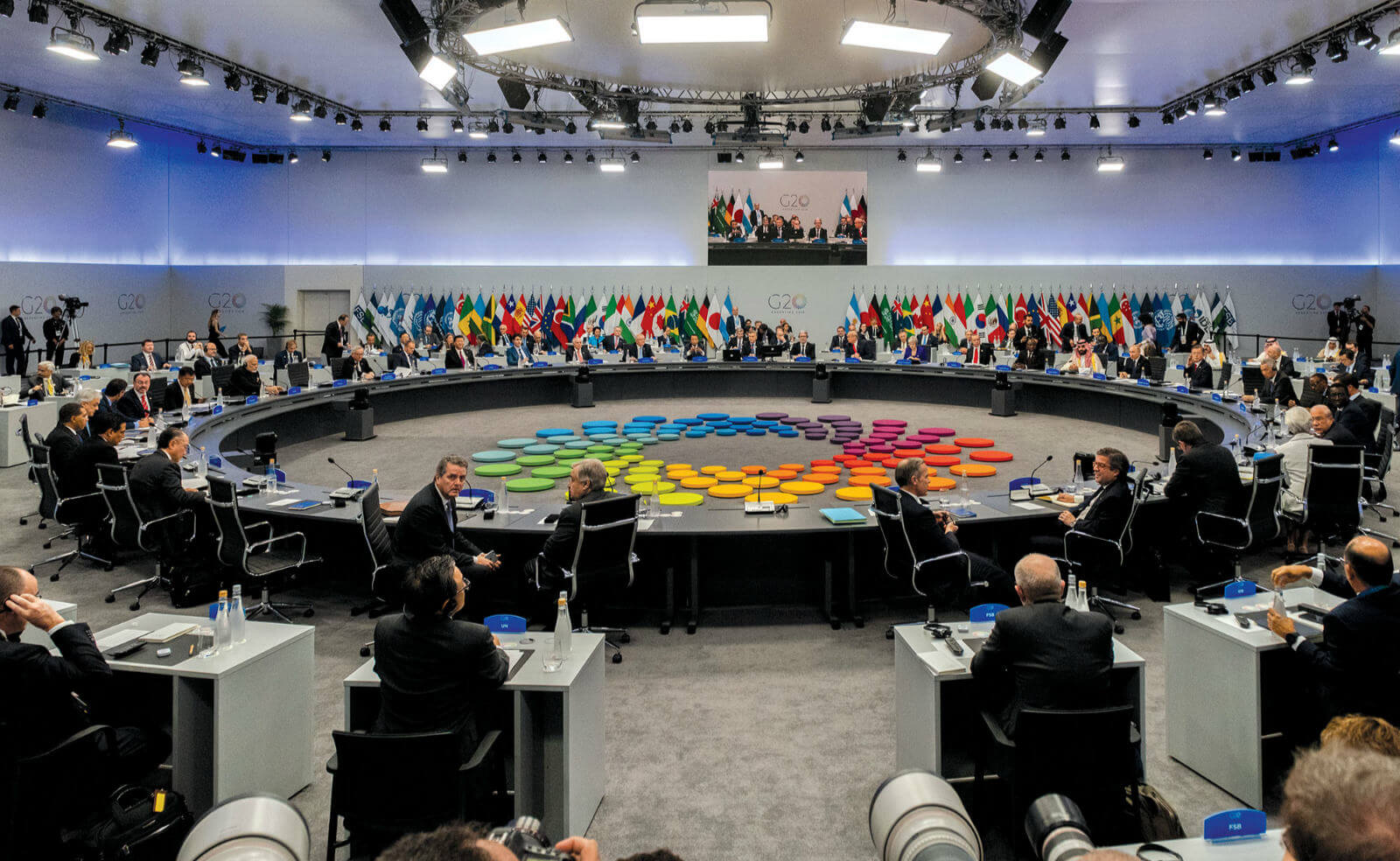The two largest economies in the world need to find a way to work together
The relationship between China and the US has been deteriorating further in the past months with escalated confrontational rhetoric and actions—some of them military—by both sides. While hopes for the world’s two largest economies to work together amicably are fading for the foreseeable future, the two need to find a way to live together for the good of everyone on the planet.
Many, especially the China Hawks in the current US administration, use the analogy of a “Cold War” to describe the anticipated next phase in relations between the US and China. Before it goes too far, we must acknowledge the major differences that exist between today’s China and the former USSR and also recognize how the two sides of the last Cold War were able to manage their differences and prevent a direct military confrontation despite their irreconcilable ideological differences.
In his recent comments, US Secretary of State, Mike Pompeo, has gone further on the issue of China than any US leader had for many decades. “On China, we see the Chinese Communist Party also for what it is: the central threat of our times,” he told the Senate Foreign Relations Committee. In a trip to Central Europe, he repeatedly warned the leaders in the former East Bloc countries that China represented a threat which could be worse than ‘Cold War 2.0’.”
Pompeo constantly emphasized the word “communist” in his comments, and linked the China of today to the Soviet Union of yesteryear. But this broad-brush characterization ignores the reality of China’s society and economy today, encompassing a diversity that far exceeds that of the old Soviet Union.
One of the key distinctions is the significant role and huge importance within China’s economy today of private enterprise, which was never allowed in the former USSR, nor in China before the start of the market reforms 40 years ago. Over time, the private sector has developed from being a minor component of the Chinese economy to playing a central role. A single figure—56789—is often used to describe how the private sector supports the economy. Entrepreneurs contribute 50% of tax revenue, 60% of output, 70% of industrial modernization and innovation, 80% of jobs, and 90% of enterprises. Even though those numbers are not entirely accurate, they symbolically encapsulate the core truth of modern China, that it would not be where it is today without privately-owned small and medium enterprises. Alibaba, Tencent, DJI, Xiaomi, and other leading companies in China’s “new economy” were all established and developed by entrepreneurs in the private sector. ByteDance, the holding company of TikTok, is a great innovation story of how a Chinese entrepreneur took his dream global in the digital world, and the many of the actions by the US government have both worked to weaken the private sector in China and also give an unintended message to ordinary Chinese people that the US government intervenes in the private sector just as the Chinese government does, but in a less rational way.
Unlike the former USSR, over these past decades, China has become an important part of the international framework and an important player in all of the key institutions created after World War II, institutions which have fundamentally always been dominated by the United States and the West. China has been an active participant in all of these institutions, including the WTO and the WHO, even as the US under Trump has wavered and has to some extent reduced its support for them. China is, and will remain, very supportive of this international framework.
To show China’s commitment to opening its market, including its once closely-guarded financial sector, two of the world’s largest investment banks, Morgan Stanley and Goldman Sachs, have in recent months been granted the right to full ownership of their operations in China. This is a sign of the times, and as long as the West remains open to China, China will continue on the path of reform and opening.
The current political leaders in the United States, by denying the positive changes that occurred as a result of Richard Nixon’s visit to China in 1972 and his bold “engagement” policy, are ignoring an obvious truth—that China has changed for the better in the past 40 years, to the benefit of both its own people and the rest of the world. Within the new domestic and international context, China needs to decide how it is going to further change just as the US does. But regardless of the specific direction that China is going to take, it will never be the same as in the United States, as the history and culture of the two countries are so different.
Despite the structural differences in the world’s two largest economies, those differences need to be compartmentalized and contained. And more importantly, the stress should be on the common areas that affect both of countries and indeed all of humanity: pandemics current and future, the possibility of a global recession or even depression, climate change and the proliferation of nuclear weapons, to name but a few.
In the future, the overall relationship can be one of competitive co-existence, both dynamic and stable, as long as there is mutual respect. But for today, as the governmental dialogue heats up and heads towards deadlock, it is more important than ever that business communities, civil society and other non-governmental, non-political institutions take more ownership and join forces in the fight for the common challenges of humanity.
Ultimately, it is one world, and the trend of globalization which has done so much to bring the world together over the past four decades must be allowed to stay on track with more, not less, interaction and integration between all the countries of the world, and most especially the two most powerful economies.




















